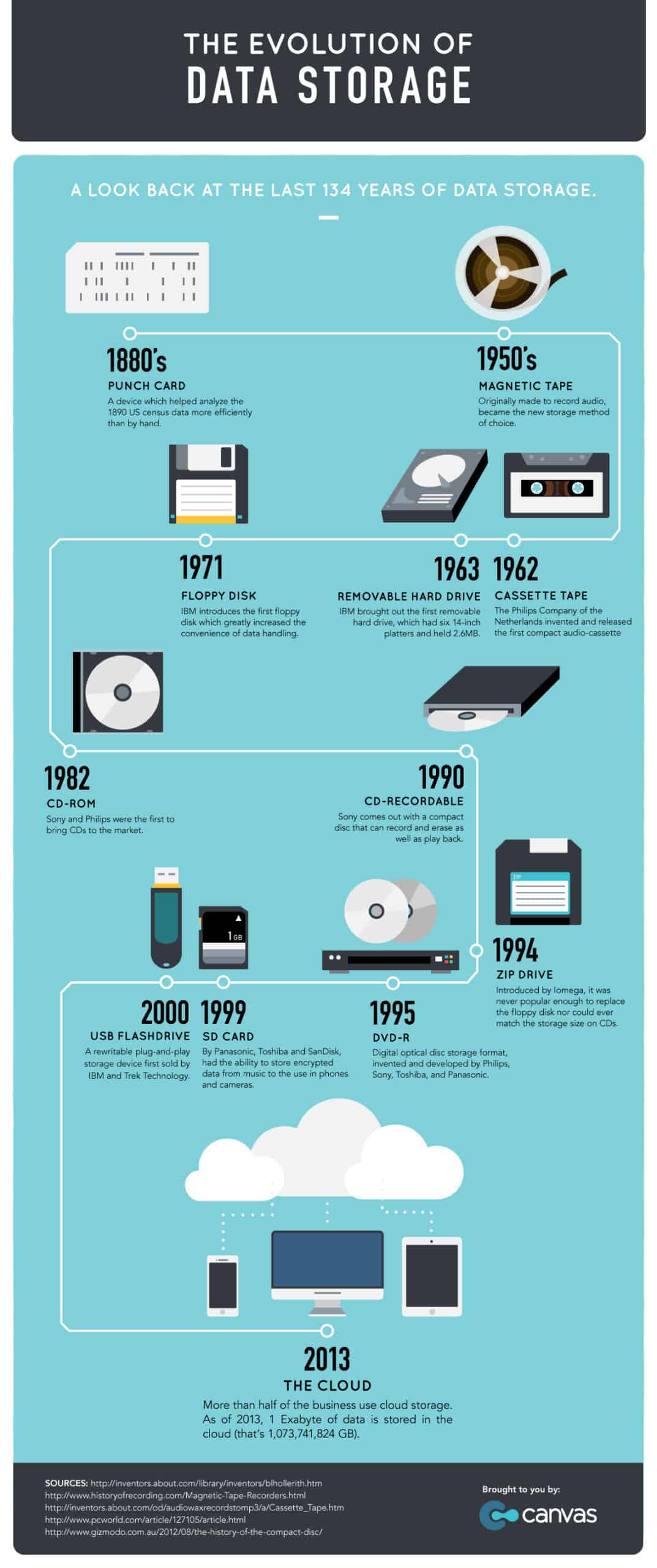The Evolution of Data Storage
Time cards, floppy disks, zip drives, and GoCanvas, we’re all a part of the evolution of data storage. Today, we’re taking a look back at the ways we’ve collected and stored information.

Check out even more resources

How TE3CO Leverages Data Analytics to Unlock Business Potential
TE3CO provides mission-critical pressure relief technology and services to customers across the oil and gas industry. They employ a highly trained and capable workforce of field technicians and engineers. Before working with GoCanvas, TE3CO relied on spreadsheets and emails to manage their ticketing process but found the system time-consuming and difficult to track.

VIP Lighting Gains Business Efficiencies with GoCanvas
VIP Lighting is a retail lighting and electrical maintenance company that services retail chains across Australia and New Zealand. The business has been operating for 25 years and now services 10,000 retail sites across both countries. Prior to joining GoCanvas in 2018, the business had multiple systems running different aspects of their technician and contractor network.

Three HVAC Maintenance Checklists that will Reduce Errors and Grow Your Bottom Line
For HVAC technicians, so many errors within their daily tasks come from using outdated paper forms while completing a job. Using these HVAC inspection checklists will prevent issues before they happen, so your technicians can collect comprehensive and consistent data at every job.
Connect with an Expert Today.
We’ll help you put together the right solution for your needs.
Text Version
The evolution of data storage
A look back at the last 134 years of data storage.
1880s punch card – a device that helped analyze the 1890s US census data more efficiently than by hand.
1950s magnetic tape – originally made to record audio, became the new storage method of choice.
1962s cassette tape – the Philips company of the Netherlands invented and released the first compact audio-cassette
1963s removable hard drive – IBM brought out the first removable hard drive, which had six 14-inch platters and held 2.6MB.
1971s floppy disk – IBM introduces the first floppy disk which greatly increased the convenience of data handling.
1982s CD-ROM – Sony and Phillips were the first to bring CDs to the market.
1990s CD-Recordable – Sony comes out with a compact disc that can record and erase as well as playback.
1994s Zip Drive – Introduced by Lomega, it was never popular enough to replace the floppy disk nor cloud ever match the storage size on CDs.
1995’s DVD-R – Digital optical disc storage format, invented and developed by Philips, Sony, Toshiba, and Panasonic.
1999 SD Card – by Panasonic, Toshiba, and SanDisk, had the ability to store and encrypted data from music to use in phones and cameras.
2000 USB Flashdrive – A rewritable plug-and-play storage device first sold by IBM and Trek Technology.
2013 The Cloud – More than half of the business use could be storage. As of 2013, 1 Exabyte of data is stored in the cloud (that’s 1,073,741,824 GB).